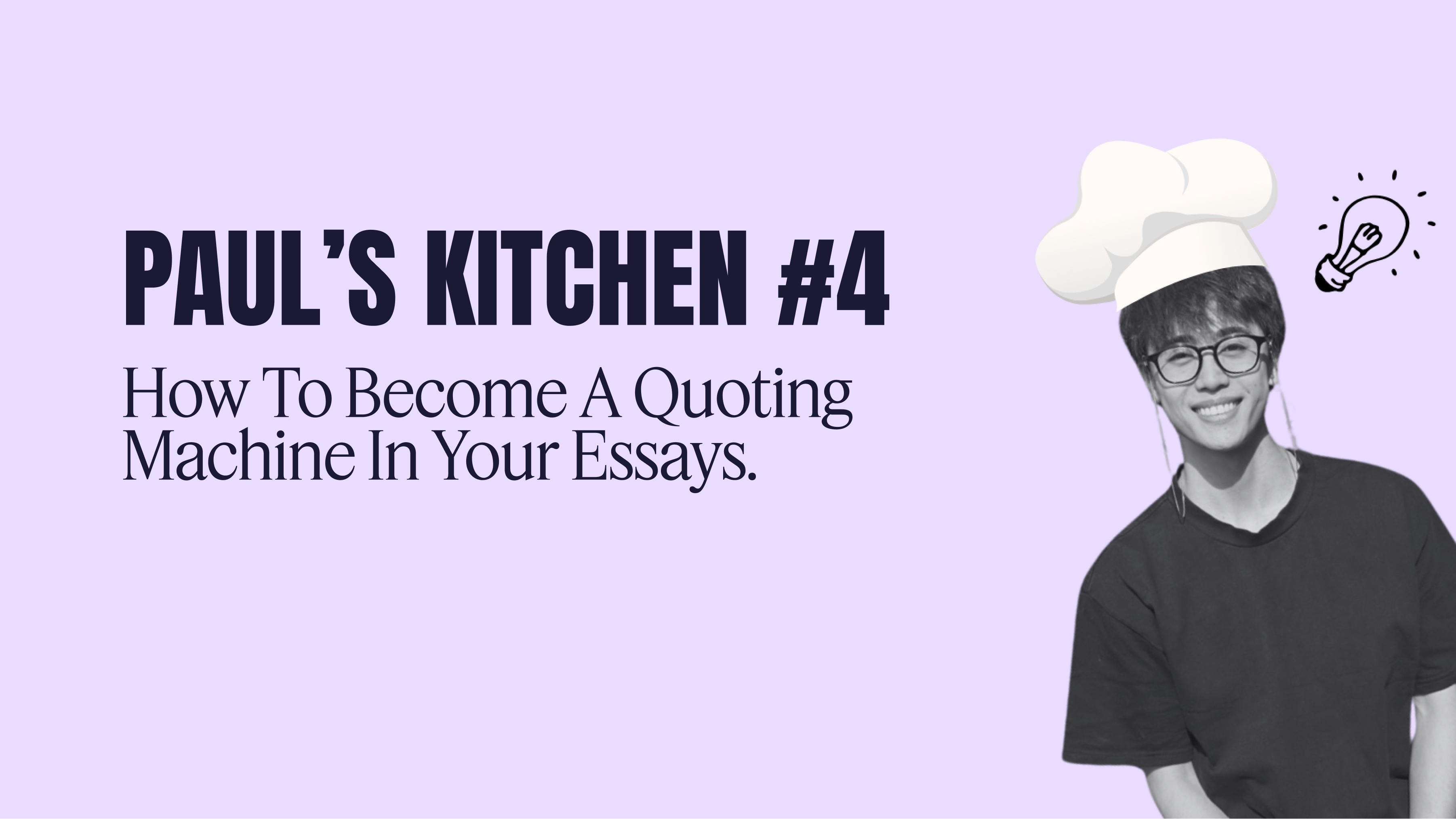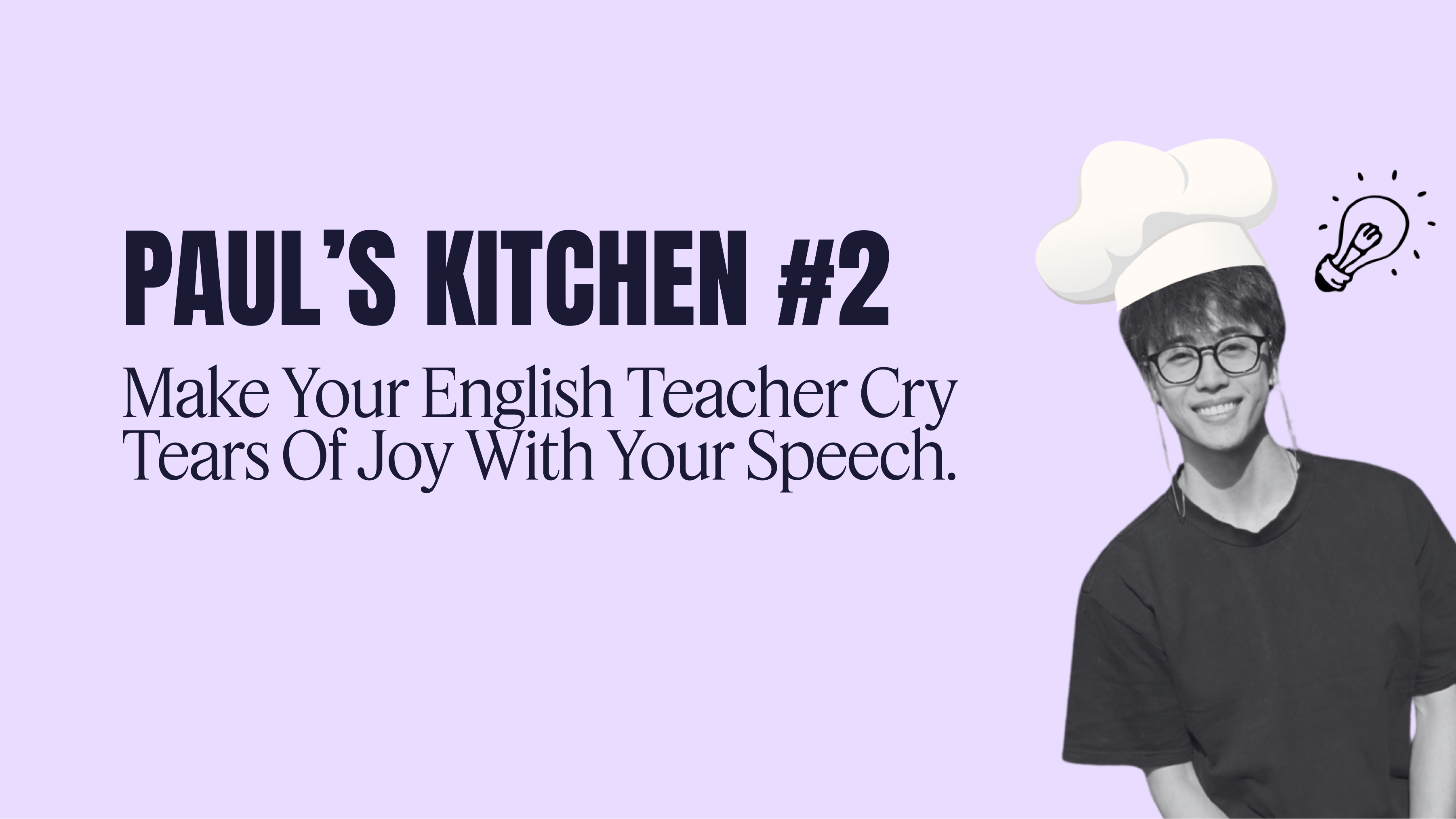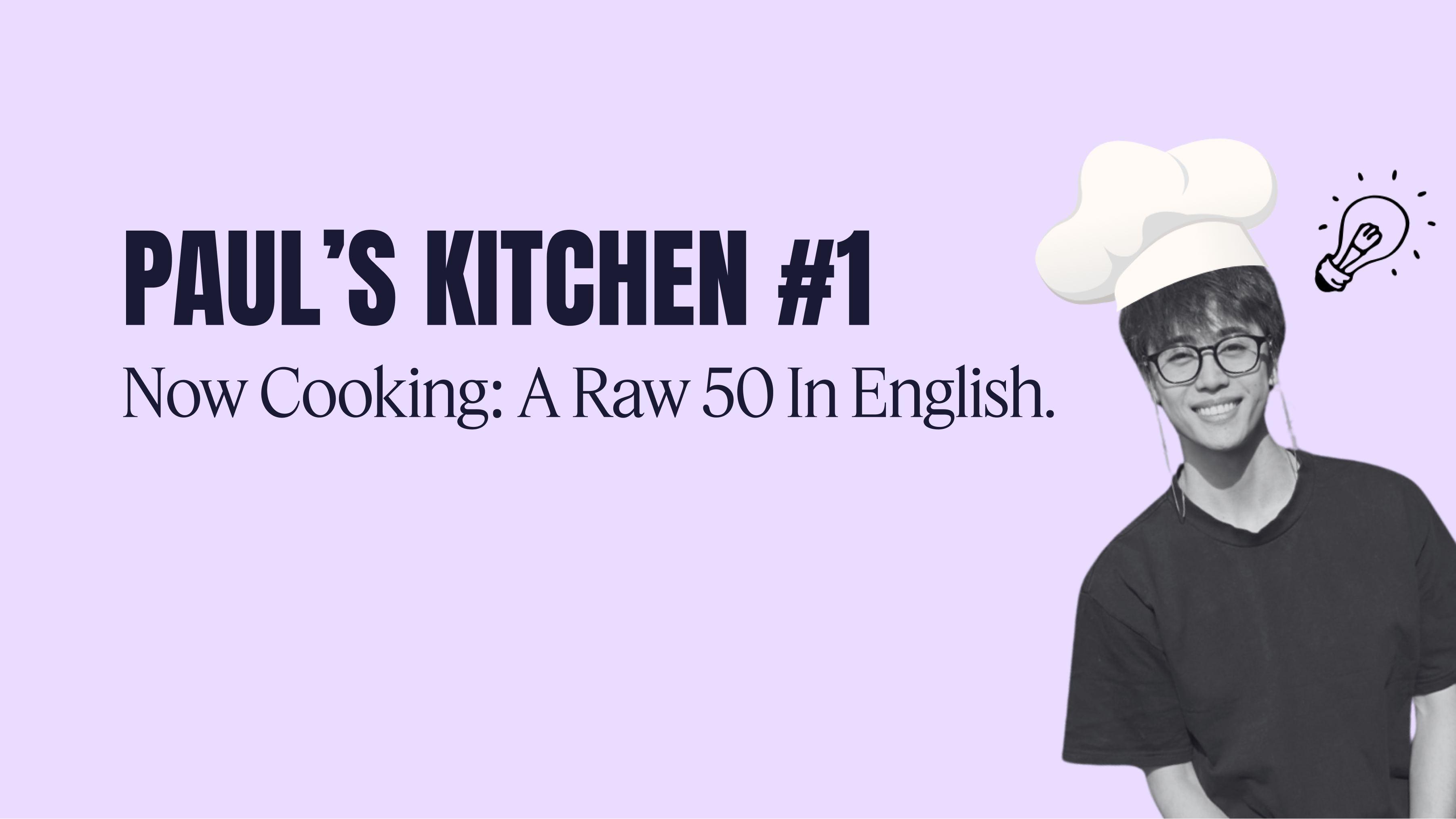Let’s put TEEL on steroids… what else can you include in a body paragraph?

Happy August! We’re finally on the double digits until the exam, meaning that you’ve officially got less than 3 months to go! If you have one tutoring session a week that means you’ll only see your tutor about 12 more times before the end of year exam… In this edition of the newsletter, we talk structures for your body paragraphs, and what ingredients you can include.
Some vocab to put on your list 🤌
“lambaste”
to criticise something or someone harshly
In an example: “The author lambastes her political opposition, arguing that the Jones party policies will create unnecessary turmoil.”
“pandering”
to give someone what they want, even though it’s not the best moral choice
In an example: “In response, Asian-Australian mother-of-two Alison Lee published a blog accusing The Herald Sun of pandering to immigration fearmongering.”
“populist”
a politician or political activities that appeal to “everyday” people who feel that their needs are being ignored by perceived elites
In an example: “Characterising Trump as a populist politician, the writers express concern that his attempts at targeting rural Americans have been deeply successful.”
Today's recipe 🍳
TEEL’s cooler, older sister
Aaah TEEL, from the good old days back in Year 8 and 9 when you only had to write four sentences for a body paragraph and could call it a day! Unfortunately, as you get to Year 12, there are many more things you can include in your body paragraphs. Here’s a list below (although not necessarily always in this exact order, and not always including every single item).
1. Topic sentence
A good topic sentence is always critical! It shouldn’t include any evidence from the text (like characters’ names or places) and it more likely than not will include the author’s name and usually a message or contention you are ascribing to them – think of it as the contention of your paragraph and a piece of analysis in relation to the essay topic.
E.g.: “In Second Walk, Alesso demonstrates how difficult economic circumstances under capitalist societies force impoverished people to make impossible family sacrifices.”
2.Explain
The second E of TEEL is “Explain” – you’ll especially need this for a complicated topic sentence. Often you can skip this and go straight to another element if it’s a more straight-forward idea.
E.g.: “When the state locks essential resources behind inflated prices, this forces all citizens to trade either their time, labour, or physical body to afford everyday goods, meaning that all people spend less time with their families.”
3. Plot evidence
Now, tell us about something from the text that supports your point. This should include characters, settings, and other specific details.
E.g.: “For instance, in Second Walk, Jim works as an engineer, but due to the unfair treatment at the hands of his boss and his status as a single father, he is forced to work 16 hours a days, and barely sees his son, Julian, at all.”
4. Context
Is there something relevant that you might want to include about the socio-historic context of when the author wrote their work?
E.g.: “Writing immediately post-COVID, when the American public’s relationship to work was changing, and in the face of seemingly unending growth in wealth inequality, Alesso’s novel speaks to the core of the social economic zeitgeist.”
5. Audience
Are there differences between the type of audience the author envisioned, and the audience that might actually be reading the novel right now?
E.g.: “For an Ancient Greek audience, the chorus was a familiar presence on the stage, representing themselves as a stand-in for the face of public morals.”
6. Literary Device Evidence
Don’t forget to include some literary devices or specific symbols to get marks for close analysis!
E.g., “This is most clearly depicted through the symbol of the burning branch that Jackson carries to the woods, reflecting the strength of the rage that compels him to destroy all that he has ever loved.”
7. Conclusion
Finally – a conclusion sentence! This can link back to the essay topic, back to the paragraph contention, or to the next paragraph entirely.
E.g., “However, DeGraves is not only concerned with the turmoil within political circles, but also the impact of political behaviour on the lives of everyday citizens.”
Ask the head chef: Founder Lindsey Dang 👩🏻🍳
❓ Hey! For the newly introduced Creative Writing aspect of the Study Design, I feel like it’s such a gamble to write something truly creative since this is undeniably the most subjective part of the the Course, so what is the best way to craft a piece that can guarantee your marks while it also being creative?
I agree - creative writing is definitely more subjective than the other sections and can feel like a lottery. I was quite worried about teaching this section for the first time last year, so I drew from the fundamentals of good creative writing from my undergrad and hoped for the best. Fortunately, I've found that VCAA assessors often mark according to similar standards - good creative writing feels authentic and purposeful, while ineffective creative writing feels forced, inconsistent, and clichéd.
On a more pragmatic level, the VCAA examiner's report is a great starting place. They spelled out the criteria and included examples for all 4 frameworks! Your response will be assessed on:
- Framework ideas that genuinely connect to the title and stimulus (do you understand your framework as well as you think? e.g., types of play, the duality of play, childhood play, theories about play?).
- Voice and purpose - your ability to develop ideas using an appropriate voice to explain, express, reflect, or argue (if your piece is reflective, use the appropriate register and literary devices, and make sure the voice feels authentic throughout).
- Communication - how effectively you convey your ideas (show don't tell!).
You'll want to use the title as your foundation - don't just reference it; make it central to your entire piece and plan accordingly. Strong responses also transform stimulus into literary devices - instead of just mentioning the stimulus, successful students used imagery from it as recurring motifs or metaphors throughout their text. And remember to write for your reader! Many students prepare a "base" model piece or two in advance to avoid "free writing," and I think this is where you can find your strategic advantage. Engage with your framework through research, brainstorming, and mindmapping, then craft a piece that responds to a deeper truth about your framework. Allow space for adaptations or vignettes you can adapt to different stimuli and titles. Use this piece as a base and iterate after every exam to generate variations and test its versatility. I'd set high standards for writing quality, but pick a voice or style you can comfortably write in under pressure, since you may need to adapt your piece during the end-of-year exam.
Really hope this helps! Highly recommend checking out the Examiner's Report published here :)



